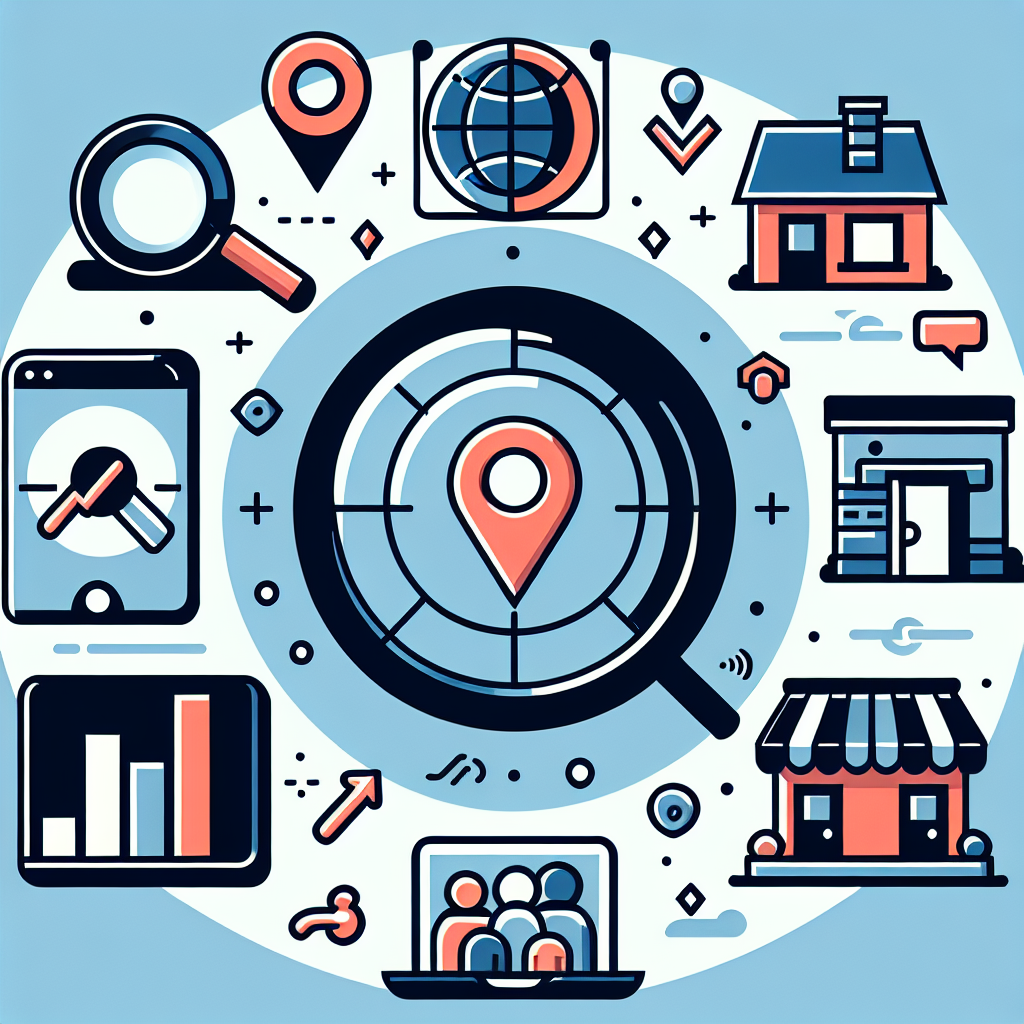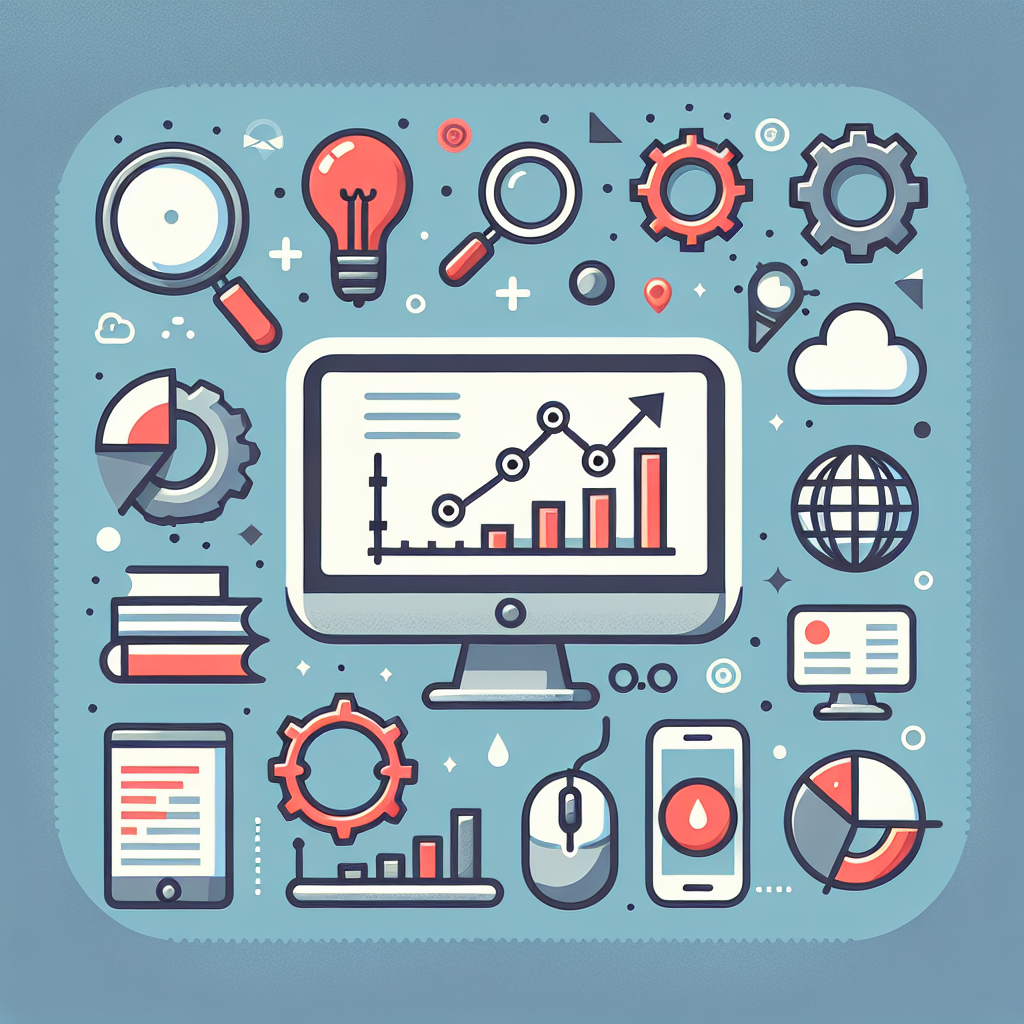How to Create a Winning Digital Advertising Campaign
Understanding the Basics of Digital Advertising
Digital advertising has revolutionized the way businesses connect with their audiences. At its core, digital advertising involves promoting products or services through online channels such as search engines, social media platforms, websites, and mobile apps. Unlike traditional advertising, digital advertising offers unparalleled precision in targeting, tracking, and optimizing campaigns.
The primary purpose of digital advertising is to drive measurable results, whether that’s increasing brand awareness, generating leads, or boosting sales. Businesses can leverage a variety of platforms, including Google Ads, Facebook Ads, Instagram, LinkedIn, and TikTok, to reach their target audience. Each platform offers unique features, ad formats, and targeting capabilities, making it essential to understand their strengths and align them with your campaign goals.
Key benefits of digital advertising include:
- Cost-effectiveness: Digital ads often provide a better return on investment (ROI) compared to traditional advertising methods.
- Precise targeting: Platforms allow advertisers to segment audiences based on demographics, interests, and online behavior.
- Real-time analytics: Campaign performance can be tracked and adjusted instantly using tools like Google Analytics and platform-specific dashboards.
- Scalability: Digital campaigns can be scaled up or down based on budget and performance.
Understanding these fundamentals is the first step toward creating a winning digital advertising campaign.
Setting Clear Goals for Your Campaign
A successful digital advertising campaign begins with clear, measurable goals. Without defined objectives, it’s impossible to gauge success or optimize performance. Goals should align with your overall business strategy and be specific, achievable, and time-bound.
Common campaign goals include:
- Increasing brand awareness: Ideal for new businesses or product launches, this goal focuses on reaching a broad audience.
- Driving website traffic: Encourages users to visit your website, landing page, or e-commerce store.
- Boosting sales or conversions: Targets users who are ready to make a purchase or take a specific action.
- Generating leads: Captures contact information from potential customers for future marketing efforts.
- Engaging your audience: Promotes interaction through likes, shares, comments, or video views.
For example, if your goal is to increase sales, you might focus on creating conversion-focused ads with strong calls-to-action (CTAs) and optimized landing pages. On the other hand, a brand awareness campaign might prioritize reach and impressions over direct conversions.
By setting clear goals, you can tailor your campaign strategy, choose the right metrics to track, and ensure every dollar spent contributes to your desired outcome.
Identifying Your Target Audience
Knowing your audience is critical to the success of any digital advertising campaign. The more you understand your audience, the better you can craft messages that resonate and drive action.
Start by researching your audience’s demographics, interests, and online behavior. Tools like Google Analytics, Facebook Audience Insights, and surveys can provide valuable data. Consider the following factors:
- Age and gender: Tailor your messaging and visuals to appeal to specific age groups or genders.
- Location: Target users based on geographic regions, especially for local businesses.
- Interests and hobbies: Use interest-based targeting to connect with users who share common passions.
- Online behavior: Analyze how your audience interacts with websites, social media, and ads.
Once you’ve gathered data, segment your audience into smaller groups. For example, a clothing retailer might create separate campaigns for young professionals, parents, and fitness enthusiasts. Segmentation allows you to deliver personalized ads that speak directly to each group’s needs and preferences.
Remember, the better you understand your audience, the more effective your campaign will be.
Choosing the Right Advertising Platforms
Selecting the right platform is crucial to reaching your audience and achieving your campaign goals. Each platform has unique strengths, so it’s important to choose one that aligns with your objectives.
Here’s a comparison of popular digital advertising platforms:
- Google Ads: Ideal for search-based campaigns, Google Ads allows you to target users actively searching for products or services.
- Facebook Ads: Offers robust targeting options and is great for brand awareness, lead generation, and e-commerce campaigns.
- Instagram Ads: Perfect for visually-driven campaigns targeting younger audiences.
- LinkedIn Ads: Best for B2B campaigns, LinkedIn allows you to target professionals based on job titles, industries, and skills.
- TikTok Ads: A rising star for engaging younger audiences with creative, short-form video content.
When choosing a platform, consider factors like your audience’s preferences, campaign goals, and budget. For example, a B2B company might prioritize LinkedIn, while a fashion brand might focus on Instagram and TikTok.
Crafting Compelling Ad Copy and Visuals
Your ad copy and visuals are the first things users notice, so they need to be attention-grabbing and persuasive. Start with a strong headline that sparks curiosity or addresses a pain point. Follow up with concise, benefit-driven copy that highlights your unique selling proposition (USP).
Tips for crafting effective ad copy:
- Use action-oriented language (e.g., “Shop Now,” “Learn More”).
- Focus on benefits rather than features.
- Incorporate social proof, such as testimonials or reviews.
- Include a clear call-to-action (CTA).
Visuals are equally important. High-quality images, videos, and graphics can significantly boost engagement. Ensure your visuals align with your brand identity and resonate with your audience.
Best Practices for Ad Design
- Color psychology: Use colors that evoke emotions and align with your brand.
- Typography: Choose fonts that are easy to read and visually appealing.
- Layout: Keep your design clean and uncluttered, with a clear focal point.
By combining compelling copy with stunning visuals, you can create ads that capture attention and drive results.
Budgeting and Bidding Strategies
Budgeting and bidding are critical components of digital advertising. Start by setting a realistic budget based on your goals and expected ROI.
When it comes to bidding, you’ll typically choose between:
- CPC (Cost-per-click): Pay for each click on your ad. Ideal for driving website traffic.
- CPM (Cost-per-thousand impressions): Pay for every 1,000 times your ad is shown. Best for brand awareness campaigns.
To optimize your bidding strategy:
- Use automated bidding tools to maximize efficiency.
- Monitor your campaign performance and adjust bids as needed.
- Focus on high-performing keywords and audience segments.
A well-planned budget and bidding strategy can help you achieve maximum ROI while minimizing wasted spend.
Leveraging Data and Analytics
Data is the backbone of digital advertising. By tracking campaign performance, you can identify what’s working and what needs improvement.
Key Metrics to Monitor
- Click-through rate (CTR): Measures the percentage of users who click on your ad.
- Conversion rate: Tracks the percentage of users who complete a desired action.
- Cost per acquisition (CPA): Calculates the cost of acquiring a customer.
- Return on ad spend (ROAS): Evaluates the revenue generated for every dollar spent.
Use tools like Google Analytics, Facebook Ads Manager, and platform-specific dashboards to monitor these metrics. Regularly analyze your data to make informed decisions and optimize your campaign.
A/B Testing for Continuous Improvement
A/B testing involves comparing two versions of an ad to determine which performs better. Test different elements, such as headlines, visuals, CTAs, and targeting options.
Steps for A/B testing:
- Create two variations of your ad.
- Run both ads simultaneously to a similar audience.
- Analyze performance metrics to identify the winner.
- Implement changes based on the results.
Continuous testing and optimization are key to improving your campaign’s effectiveness over time.
Staying Compliant with Advertising Regulations
Digital advertising is subject to various regulations and guidelines. Ensure your campaign complies with platform policies, copyright laws, and data privacy regulations like GDPR and CCPA.
Tips for staying compliant:
- Avoid misleading claims or clickbait.
- Use licensed images and content.
- Obtain user consent for data collection.
Compliance not only protects your business but also builds trust with your audience.
Scaling Your Campaign for Long-Term Success
Once your campaign is successful, consider scaling it for greater impact. Strategies for scaling include:
- Expanding to new platforms.
- Increasing your budget.
- Targeting additional audience segments.
- Testing new ad formats, such as video or carousel ads.
Scaling requires careful planning and ongoing optimization to maintain performance.
Let’s talk about your business marketing goals and challenges. Book a call with Beholder.











